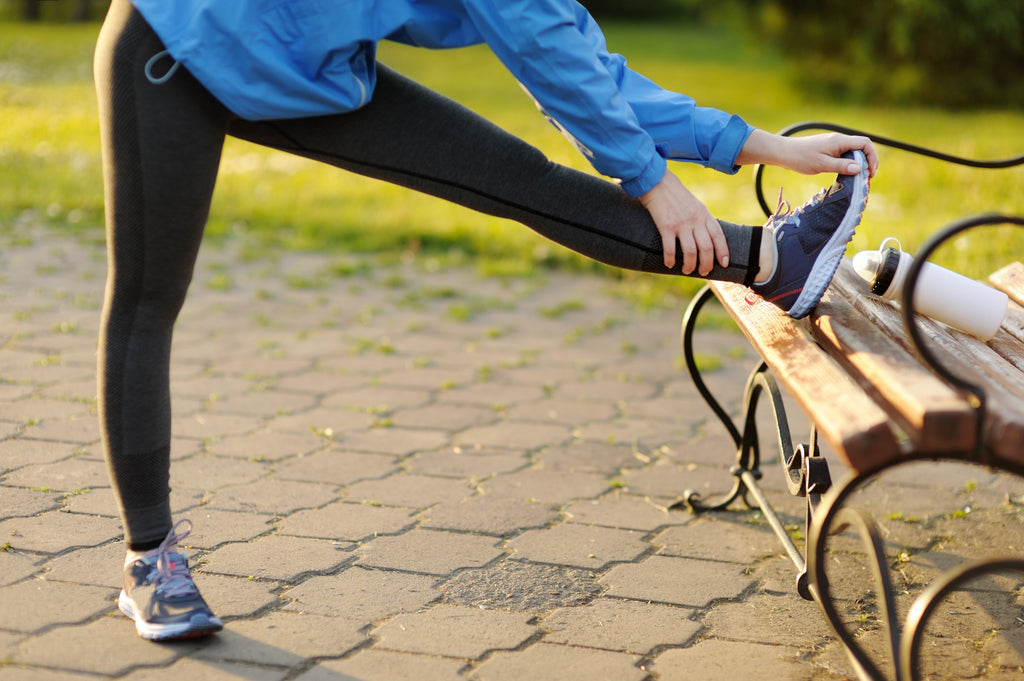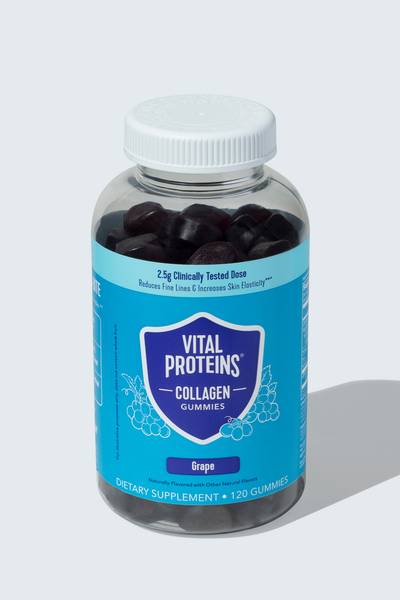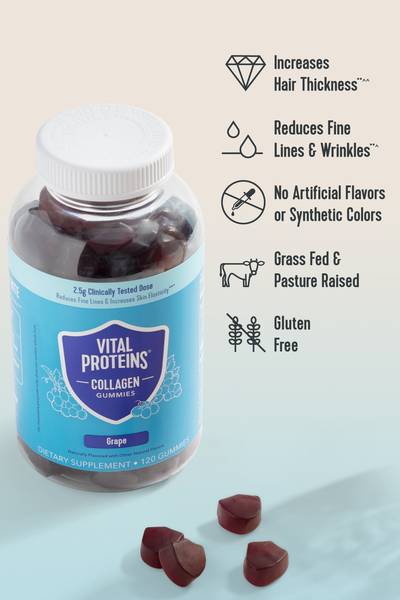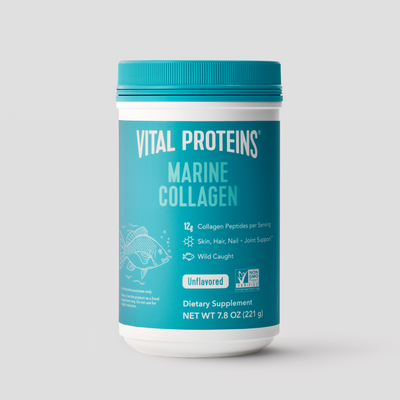After a year of spending more time parked in front of the TV watching Netflix and working from makeshift desks, you might be experiencing some low back pain. The good news: This low back pain can often be caused by tight muscles or a weakness in another part of the body that is manifesting as low back pain.
Here, Eric Madia, MS, CSCS, Head of Sport Science, Strength & Conditioning Coach at Sports Performance Lab, breaks down what you need to know about low back pain, and provides stretches that may be helpful for reducing low back pain.
Vital Note: This article has been made available for informational and educational purposes only. It is not intended to be a substitute for professional medical advice, diagnosis, or treatment. Always seek the advice of your physician or another qualified health provider with any questions you may have regarding a medical condition. Your licensed healthcare professional can best provide you with the diagnosis and treatment of any medical condition and assist you as well in deciding whether a dietary supplement will be a helpful addition to your regimen.
What causes low back pain?
Low back pain can be caused by a myriad of underlying issues.
"In most cases, it is rare that low back pain is caused by something within the low back, rather, it is a symptom of another issue that is presenting itself through low back pain," Madia tells Lively.
For example, two of the biggest culprits of low back pain are weakness in the hip flexors and tightness through the hamstrings. The hamstrings will pull on the ischial tuberosity (your “sit bones”) thus pulling on your pelvis. This pulling on your pelvis will present itself as pain in the low back. The hip flexors, which attach on the front side of your pelvis, are then stretched beyond where they would normally be, causing the muscle to be elongated. This means the muscle can't fire appropriately or be as strong as it could be, explains Madia. This can negatively affect the alignment of your spine, and contribute to your low back pain.
Tightness through the back muscles themselves can be a culprit as well.
"When muscles become tight, they will pull on their origins and insertions (where they begin and where they end)," Madia says.
For example, the big muscle in your back, the lats, much of its origin is within the lower half of the thoracic spine, the whole lumbar spine, and parts of the pelvis. If your lats become tight, that is a large area the tight muscles can pull upon, negatively affecting spine alignment and giving the person low back pain.
A third kind of back pain that can be experienced is localized back pain, Madia says. This is usually caused by a structure within the low back (lumbar vertebrae, lumbar vertebral disc) that will be the culprit of the pain. In this case, you should consult a physical therapist, chiropractor or doctor with a specialty in spines.
What can someone do to relieve their lower back pain?
Active stretching and strengthening of the hamstrings, hip flexors, glutes and back will do wonders for low back pain.
If you're wondering where to begin, you're not alone. Madia says to start by thinking about what might have caused you to feel low back pain. For example, maybe you did a big leg day the day before and deadlifted. In that case, Madia suggests stretching the different components of your posterior chain (back, glutes, hamstrings) because that would be the most plausible culprit.
What are the best stretches for lower back pain?
Doing child's pose, a seated figure-4 hamstring stretching, and a 90/90 hip stretch are some of the best stretches to relieve low back pain.
"Any stretch that will elongate your spine, glutes, or hamstrings will more often than not give relief to low back pain," Madia says.
Related Articles
How do you loosen tight muscles in your lower back?
Active stretching (which involves putting an isometric contraction through a muscle in its end range of motion) will help a muscle to relax. Using this idea, you can stretch your low back using child’s pose and, using a bench or elevated surface, push through the surface using your arms.
"As we push through the surface, this will engage our musculature, sending signals to the brain and to our central nervous system telling it that you are strong in this range of motion and, when you relax, you will be able to go deeper into that range of motion, allow for a deeper release of the low back," Madia says.
Can stretching help low back pain?
This depends on the kind of low back pain you are experiencing. If the pain is caused from a lumbar vertebral fracture or a lumbar disc issue, then stretching may not be the best avenue for pain relief, and could actually lead to further injury. If you are experiencing tightness through your glutes, hamstrings, or back, then stretching will be a better option for helping you find pain relief, says Madia.




















